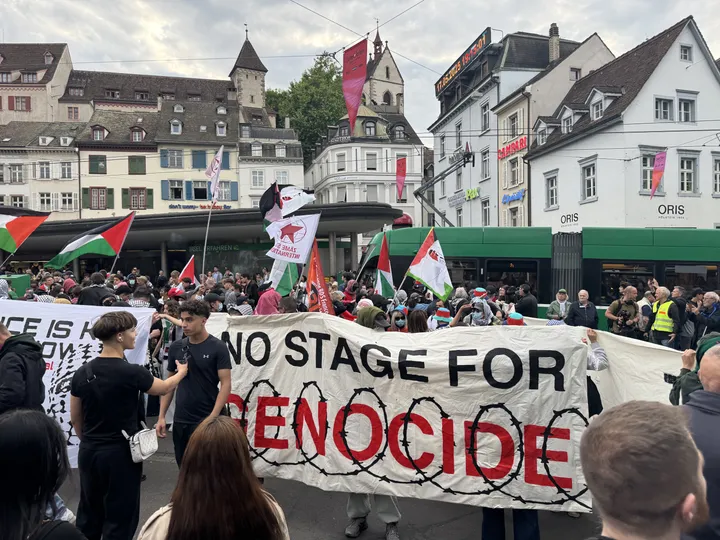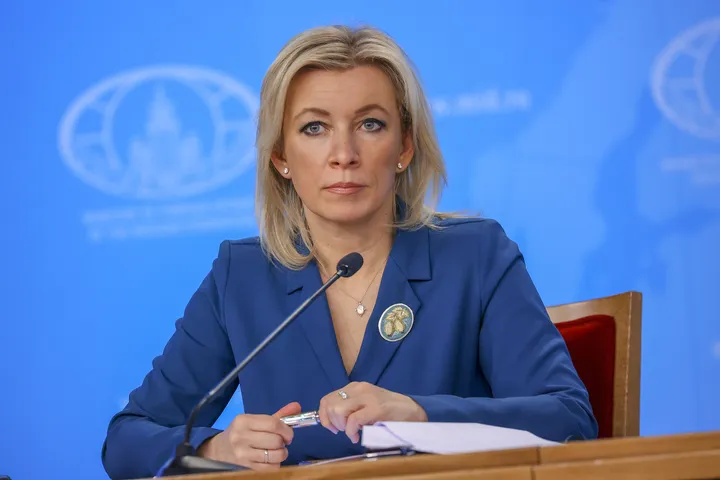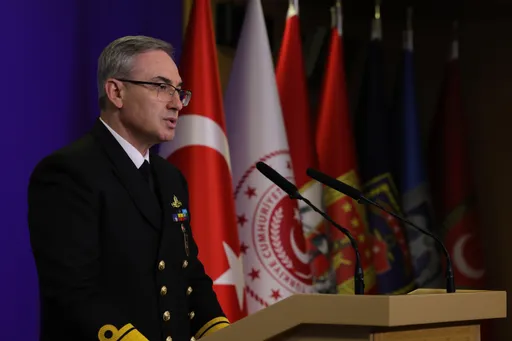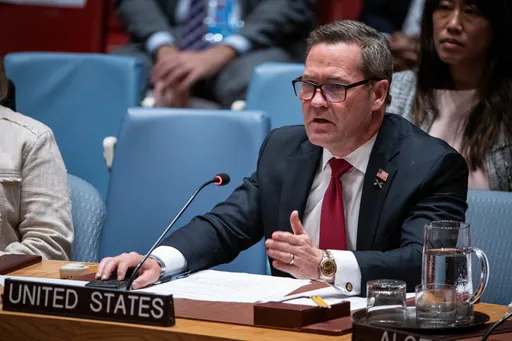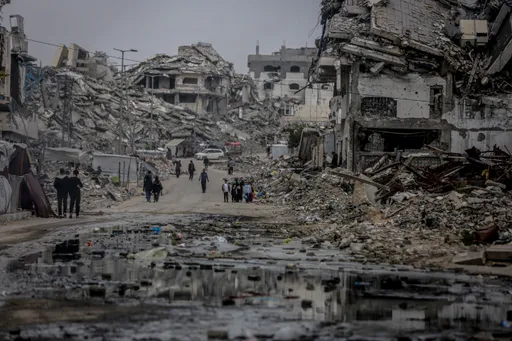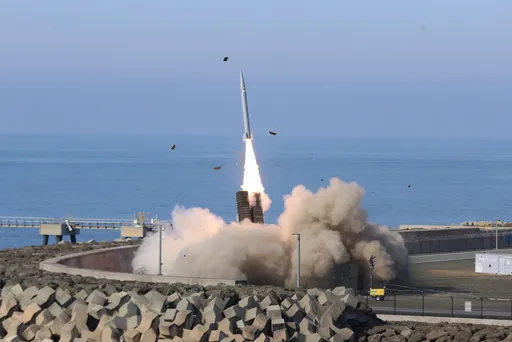The Myanmar military has been torturing detainees across the country in a methodical and systemic way since its takeover of the government in February.
While most of the torture has occurred inside military compounds, the Tatmadaw also has transformed public facilities such as community halls and a royal palace into interrogation centres, prisoners told the Associated Press in a report released on Thursday.
The young man and his friend, randomly arrested as they rode their bikes home, were subjected to hours of agony inside a town hall transformed by the military into a torture centre.
“There was no break – it was constant,” he says of the interrogators blows that rained down on him.
Inside the town hall that night, soldiers forced the young man to kneel on sharp rocks, shoved a gun in his mouth and rolled a baton over his shinbones. They slapped him in the face with his own Nike flip flops.
“Tell me! Tell me!” they shouted. “What should I tell you?” he replied helplessly.
He refused to scream. But his friend screamed on his behalf, after realizing it calmed the interrogators.
“I’m going to die,” he told himself, stars exploding before his eyes. “I love you, mom.’”
The prisoners came from every corner of the country and from various ethnic groups, and ranged from a 16-year-old girl to monks. Some were detained for protesting against the military, others for no discernible reason. Multiple military units and police were involved in the interrogations, their methods of torture similar across Myanmar.
The Myanmar military torture carried out inside interrogation centres and prisons is the worst it’s ever been in scale and severity, according to the AP for Political Prisoners, which monitors deaths and arrests. Since February, the group says, security forces have killed 1,218 people, including at least 131 detainees tortured to death.
The torture often begins on the street or in the detainees’ homes, and some die even before reaching an interrogation center, says Ko Bo Kyi, AAPP’s joint secretary and a former political prisoner.
READ MORE:Four areas where the impact of Myanmar's military coup was felt the most
Covering up evidence of torture
An aide to the highest-ranking army official in western Myanmar’s Chin state told the AP that soldiers covered up the deaths of two tortured prisoners, forcing a military doctor to falsify their autopsy reports.
A former army captain who defected from the Tatmadaw in April confirmed to the AP that the military’s use of torture against detainees has been rampant since its takeover.
After receiving detailed requests for comment, military officials responded with a one-line email that said: “We have no plans to answer these nonsense questions.”
Last week, in an apparent bid to improve its image, the military announced that more than 1,300 detainees would be freed from prisons and the charges against 4,320 others pending trial would be suspended. But it’s unclear how many have actually been released and how many of those have already been re-arrested.
The AP identified a dozen interrogation centres in use across Myanmar, in addition to prisons and police lockups, based on interviews and satellite imagery.
The investigation was based on interviews conducted with 28 people imprisoned and released in recent months as well as photographic evidence.
All but six of the prisoners interviewed by the AP were subjected to abuse, including women and children. Most of those who weren’t abused said their fellow detainees were.
Sketches and letters, along with testimony from three recently defected military officials provides a look since the takeover into a highly secretive detention system that has held more than 9,000 people.
The military, known as the Tatmadaw, and police have killed more than 1,200 people since February.
READ MORE: ASEAN summit gets under way without Myanmar’s junta chief


